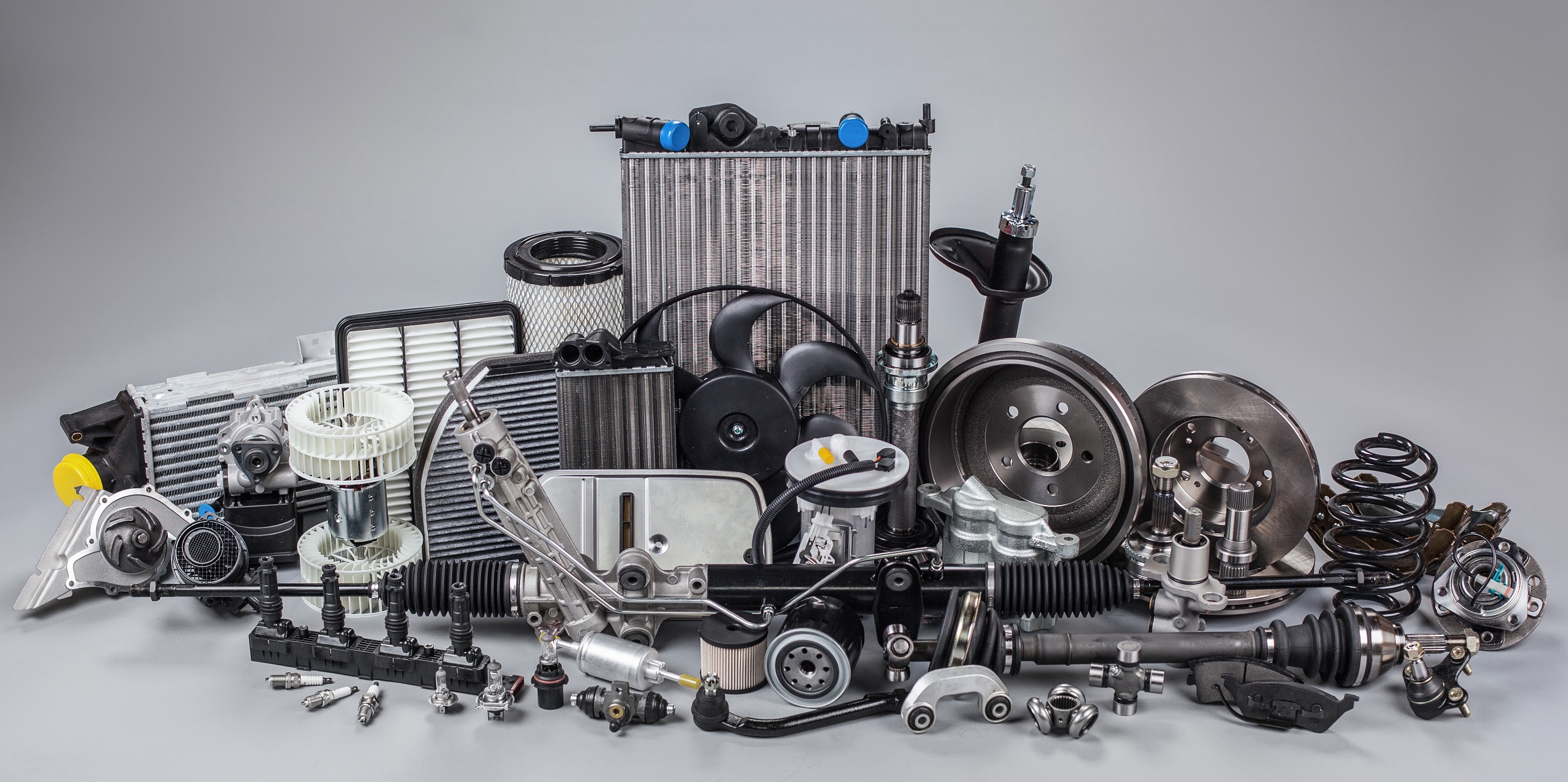Rev Up Your Knowledge: The Essential Guide to Auto Parts
When it comes to maintaining your vehicle, understanding auto parts is essential. Whether you are a seasoned mechanic or a curious car owner, having a solid grasp of how different components integrate and function can save you time and money. Auto parts are not just a collection of metal and plastic; they are the heartbeat of your automobile, ensuring it runs smoothly and efficiently on the road.
In this guide, we will dive into the world of auto parts, highlighting key components that every vehicle owner should know about. From engines and transmissions to brakes and batteries, we will explore what each part does, why it matters, and how to care for them. By improving your knowledge of auto parts, you will be better equipped to make informed decisions about your vehicle, whether it's routine maintenance or a major repair. Let’s get started on this journey to rev up your understanding of how your car works.
Understanding Auto Parts
Auto parts are essential components that make up a vehicle, allowing it to function correctly and safely on the road. Each part plays a specific role, whether it is in the engine, transmission, or braking system. Understanding the various parts and their functions can help car owners troubleshoot issues and make informed decisions when repairs or replacements are needed.
The auto parts market is vast, offering everything from original equipment manufacturer (OEM) parts to aftermarket alternatives. OEM parts are made by the vehicle's manufacturer and tend to be more expensive, while aftermarket parts are produced by third-party companies and can offer cost savings. Knowing audi a4 water pump between these options is crucial for maintaining vehicle performance and longevity.
Regular maintenance and timely replacement of worn or damaged auto parts are key to ensuring a vehicle runs smoothly. Components such as filters, belts, and brakes require routine checks and replacements to prevent more severe issues down the line. By familiarizing oneself with the various auto parts and their maintenance needs, vehicle owners can enhance their knowledge and take better care of their vehicles.
Types of Auto Parts
Auto parts can be categorized into several key types based on their functions and applications in a vehicle. The primary group includes engine components, which play a critical role in the vehicle's performance. Essential parts in this category are the cylinder head, crankshaft, and pistons. These components work together to convert fuel into mechanical energy, enabling the vehicle to move. Ensuring these parts are in good condition is crucial for maintaining the efficiency of the engine.
Another important category is the vehicle's electrical system. This includes a variety of components such as the battery, alternator, and starter motor. These parts are responsible for generating, storing, and supplying electrical energy to the vehicle. The electrical system also encompasses lighting components and sensors that enhance safety features and performance. Regular inspection of these parts is necessary to avoid electrical failures that could lead to significant issues.
The third significant type of auto parts involves the suspension and braking systems. This group includes shock absorbers, struts, brake pads, and rotors. These parts are vital for ensuring a smooth driving experience and effective stopping power. The suspension system helps maintain vehicle stability by absorbing shocks from the road, while the braking system is essential for safety. Proper maintenance of these components can greatly improve handling and overall vehicle performance.
Choosing the Right Parts
Selecting the right auto parts is crucial for maintaining your vehicle's performance and safety. Start by identifying the specific needs of your car, such as the make, model, and year. This will help you find parts that are compatible and designed for your vehicle. Consider whether you need original equipment manufacturer (OEM) parts or aftermarket alternatives. OEM parts are made by the vehicle's manufacturer, ensuring a perfect fit and quality, while aftermarket parts may offer cost savings but can vary in quality.
Another important factor to consider is the condition of the parts. Assess whether you need new, refurbished, or used components. New parts typically provide the best reliability, while refurbished and used parts can be more budget-friendly options. However, when choosing used parts, ensure they are in good condition and come with a warranty if possible. Research reputable suppliers or junkyards that specialize in auto parts to guarantee quality.

Finally, don’t forget to compare prices and read reviews before making a purchase. Online resources and forums can offer insights into the best parts for your vehicle and where to find them. Making an informed decision will not only save you money but also ensure that your vehicle runs smoothly and safely on the road.